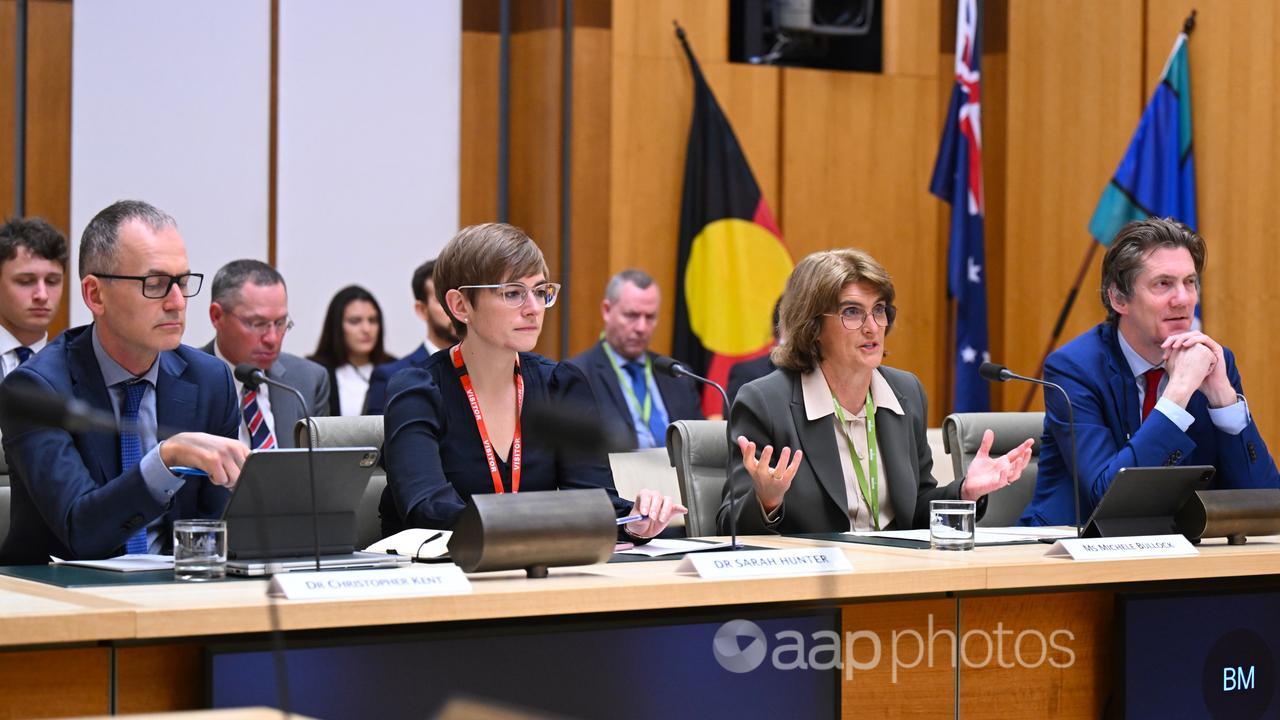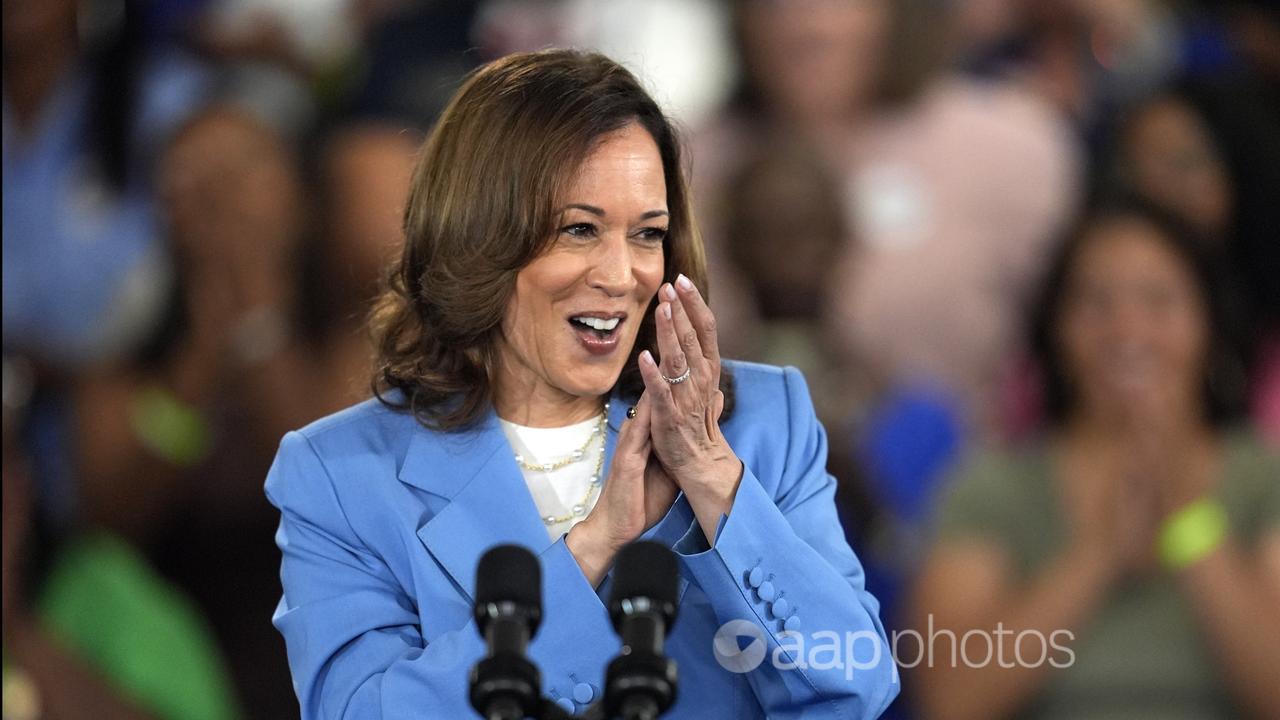The Reserve Bank of Australia is growing increasingly frustrated with “false prophets” attempting to pre-empt its cash rate strategy, but that won’t stop analysts from poring over every word of the board’s latest meeting minutes for signs of weakness.
After the central bank left the cash rate unchanged at 4.35 per cent earlier in August, governor Michele Bullock all but ruled out a rate cut before the end of the year.
The minutes of that board meeting will be released on Tuesday and will provide fodder for those eager to read the monetary tea leaves.

Whether they will provide any fresh revelations is debatable, given Ms Bullock and deputy governor Andrew Hauser have both since publicly poured cold water on hopes of an impending rate cut.
“Ultimately, our full employment goal is not served by letting inflation stay above the target indefinitely, so the board will remain focused on the potential upside risks to inflation,” Ms Bullock told federal parliament’s house economics committee on Friday.
The market is still relatively dovish, pricing in a 25 basis point rate cute by January, despite traders banishing memories of the prior week’s wobbles after fears of a US recession eased.
Recent events have not changed Westpac chief economist Luci Ellis’s view about the outlook for the Australian economy, but the RBA board’s recent remarks could indicate a shift in their thinking.
“While it is still possible that the RBA board will change its mind, RBNZ-style, and pivot sooner than our current base-case expectation, we suspect that fast backflips are not in the RBA’s breakdancing repertoire,” she said.
With no substantial domestic data releases other than Westpac’s leading index of economic activity on Wednesday, eyes will turn to the US mountain resort town of Jackson Hole.
From Wednesday through Saturday, dozens of central bankers and policymakers will converge on the Jackson Hole symposium, where a speech from Fed chief Jerome Powell may reinforce expectations of a September rate cut.

The Democratic convention, starting Monday US time, will also be carefully monitored as Kamala Harris seeks to maintain her momentum in the presidential race.
“Markets will be attentive to potential policies, given Harris remains an unknown entity,” NAB head of market economics Tapas Strickland said.
Domestic and US equities markets will look to consolidate after both enjoyed their best weeks of the year.
The US Dow Jones Industrial Average rose 96.7 points, or 0.24 per cent, to 40,659.76, capping a weekly gain of 2.94 per cent.
The S&P 500 gained 11.03 points, or 0.20 per cent, at 5,554.25 and the Nasdaq Composite added 37.22 points, or 0.21 per cent, at 17,631.72.
Australian share futures fell 14 points, or 0.18 per cent, to 7898.
On Friday, the local bourse finished up 105.6 points, or 1.34 per cent, to 7,971.1, while the broader All Ordinaries gained 106.1 points, or 1.31 per cent, to 8,189.9.
The ASX200’s 2.49 per cent rise for the week was its best weekly performance since mid-December.




















